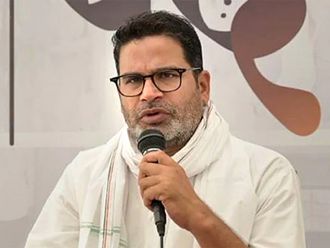Smog and air pollution continue to wreak havoc in Delhi and other parts of northern India. Recently the visiting Sri Lankan cricket team had to wear face masks on field while playing India in New Delhi. Images of international cricketers donning masks once again reignited debate about hosting major sporting events in the heavily polluted capital of India. Such scenes have also become a metaphor for the negligence of authorities.
Experts have been ringing alarm bells about the quality of air in Delhi for a long time. Those calls have become more dire with health risks posed by smog and pollution reaching frightening levels. Pollution has surged so high that several monitoring stations in New Delhi reported an Air Quality Index of 999 during November, way above the upper limit of the worst category (hazardous). In other words, breathing in the Indian capital during the last month was akin to smoking 50 cigarettes a day.
Giving the go-ahead to a Test match between India and Sri Lanka in this background in the capital was callous. Images of players vomiting and wheezing were not only unprecedented and embarrassing but also called for a larger question of how ordinary citizens have to face the brunt of harmful airborne pollutants on a daily basis. These tiny particles (PM2.5) lodge deep in lungs and are linked to higher rates of chronic bronchitis, lung cancer and heart disease.
Tackling the perennial problem of smog and air pollution in the Indian capital must be made a priority. Besides investing in clean technologies, and adopting stricter regulations on emissions, the government must give precedence to safeguarding public health.








